Bike Racing in Ireland 1987 V 2015

People often speak about the comparisons between the top domestic riders of today and the last time cycling in Ireland went through a massive boom period back in the late 80’s and early 90’s.
Back then huge fields lined up each and every Sunday to contest hard races that could realistically have been won by any of thirty different riders. Another 30 had a realistic chance of a placing and another 30 were there to learn. The remainder did not have the option of riding a sportive so lined up at the back of a race instead.
There were many targets and objectives presented to the riders to aim for. Win an early season race and get on an Irish Team to ride abroad. Come home and you could always say that you had represented your Country and worn the green jersey.

Then as the season progressed you had the opportunity to ride domestic selection races where teams were chosen for bigger overseas races. Then towards the end of the season there would always be a large team selected to ride the ultimate overseas race of all, The World Championships. All of these foreign trips for domestic riders helped to maintain the consistency of numbers racing throughout the entire season.
These foreign races on the Irish Team also had the knock on effect of raising the standard at home. A rider you had trained alongside returned from a foreign stage race stronger and fitter. He made you train harder and raised the level of the race the following Sunday. A rising tide really did manage to raise all boats.

Nowadays there is no longer that Irish Team objective for the domestic rider. Even the Ras itself, which was second only to the World Championships in importance for the domestic riders ambitions to get on the Irish team no longer has an Irish National team taking part.
There are more opportunities than ever before for young riders to progress to International teams, but the carrot for the ordinary bike rider who works all week in a factory or a family business is no longer there.
In the following clips you will see the cream of Irish Domestic riders in action. Kelly and Roche were at the pinnacle of the sport but these guys were the very best back home.

Race winner Anthony O’Gorman would go on the following year to win the 25mile, 50mile time trial and National Road race titles.
Mick Walsh who makes a brave solo effort for victory is managed by the current Ras organiser Tony Campbell.
Seamie Downey, father of Sean and Mark is always in the action.
Sprinter John Sheehan is competitive right to the end.
Frank Relf, with the magnum moustache always managed to carry the Les Jeunes jersey onto the podium.
Casso was in the break 5 years after his first Ras win and 11 years before his second.
The late great Bobby Power was leading that years overall league. A man who won stages of the Ras in 3 different decades.
Martin O’Loughliin is in the 1988 break, and will probably be in the break in a few weeks time as the 2015 season kicks of again too.
Vinnie Kelly, Oliver and John McQuaid, Raphael Kimmage, all cycling family household names are there too.
Pat McQuaid is commentating at the race itself and also does the commentating for RTE.
These were glory days for Irish cycling both at home and abroad on the World stage.
If one word could be used to sum up this generation of Irish cyclists it could be ‘Consistency’
At a time without Powermeters or even heart rate monitors, perhaps it was the week in week out, year in year out, consistent racing and training, and consistent targets to aim for, that made the domestic Irish racing scene so competitive throughout the entire season from start to finish.
Perhaps without that major target of International duty and all that it encompassed amateur cycle racing in general has been left in the doldrums.
Barry

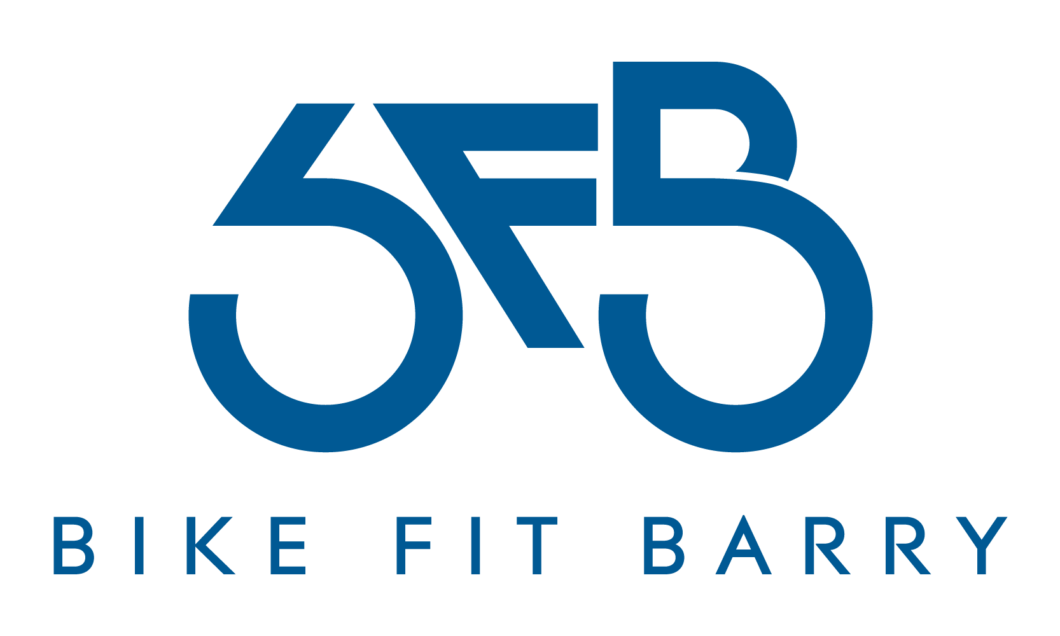
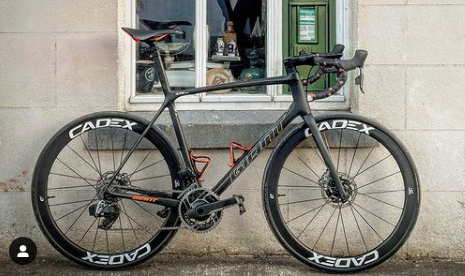


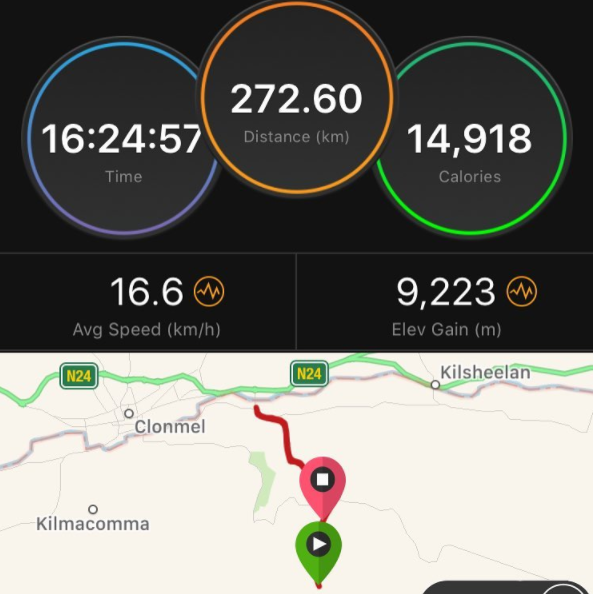
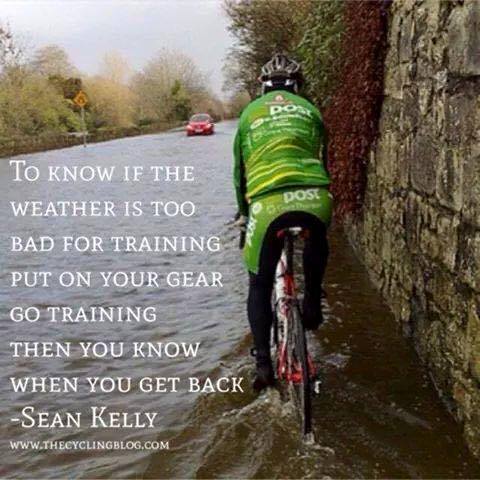
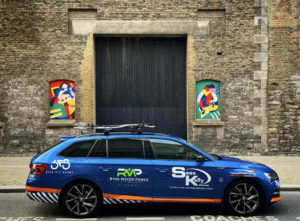
2 COMMENTS
Paul Christopher
A return to a clear distinction between amateur and professional would help a lot I think. The UCI is currently trying to be all things to all men and failing both. Its remit is too wide. That’s why, on the one hand, you have the big pro outfits muttering about establishing their own breakaway organisation because the UCI don’t represent their interests fully and, at the other and of the spectrum, true amateurs are eschewing racing altogether and opting for sportives, etc. instead. In the 1980s, there were two separate organisations with clear remits for their respective constituencies: FICP for pros and UCI for amateurs. Things were a lot more coherent and there was a clear progression (or regression – see the debate about the ex-pro mafias in French amateur cycling at the time – such a controversy can’t even arise now) between one and the other.
Barry Meehan
Well said Paul. The blurring of the lines between professional and amateur racing has led to a situation where purely amateur cyclists who want to race at a high level have been forgotten by the World Governing body.